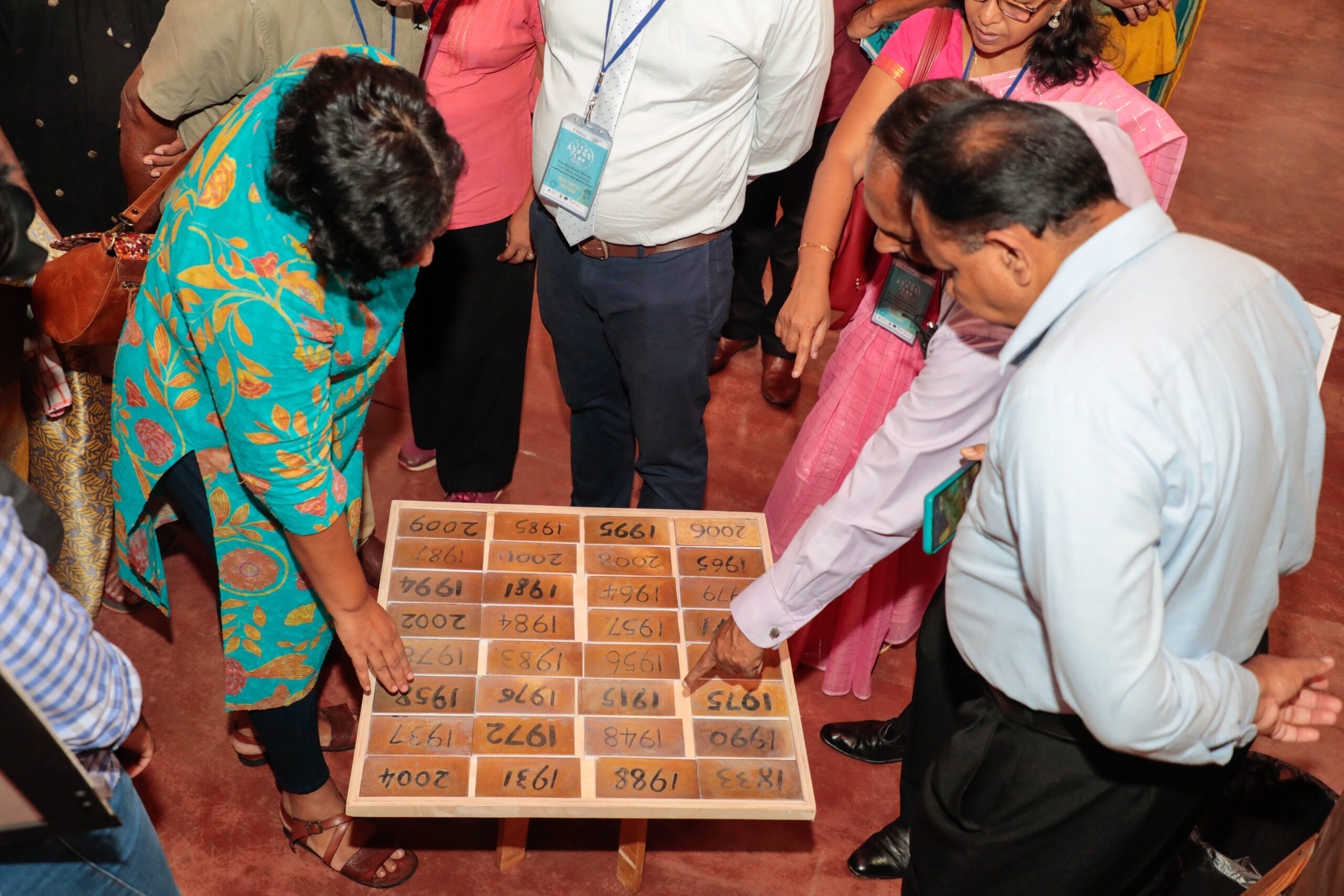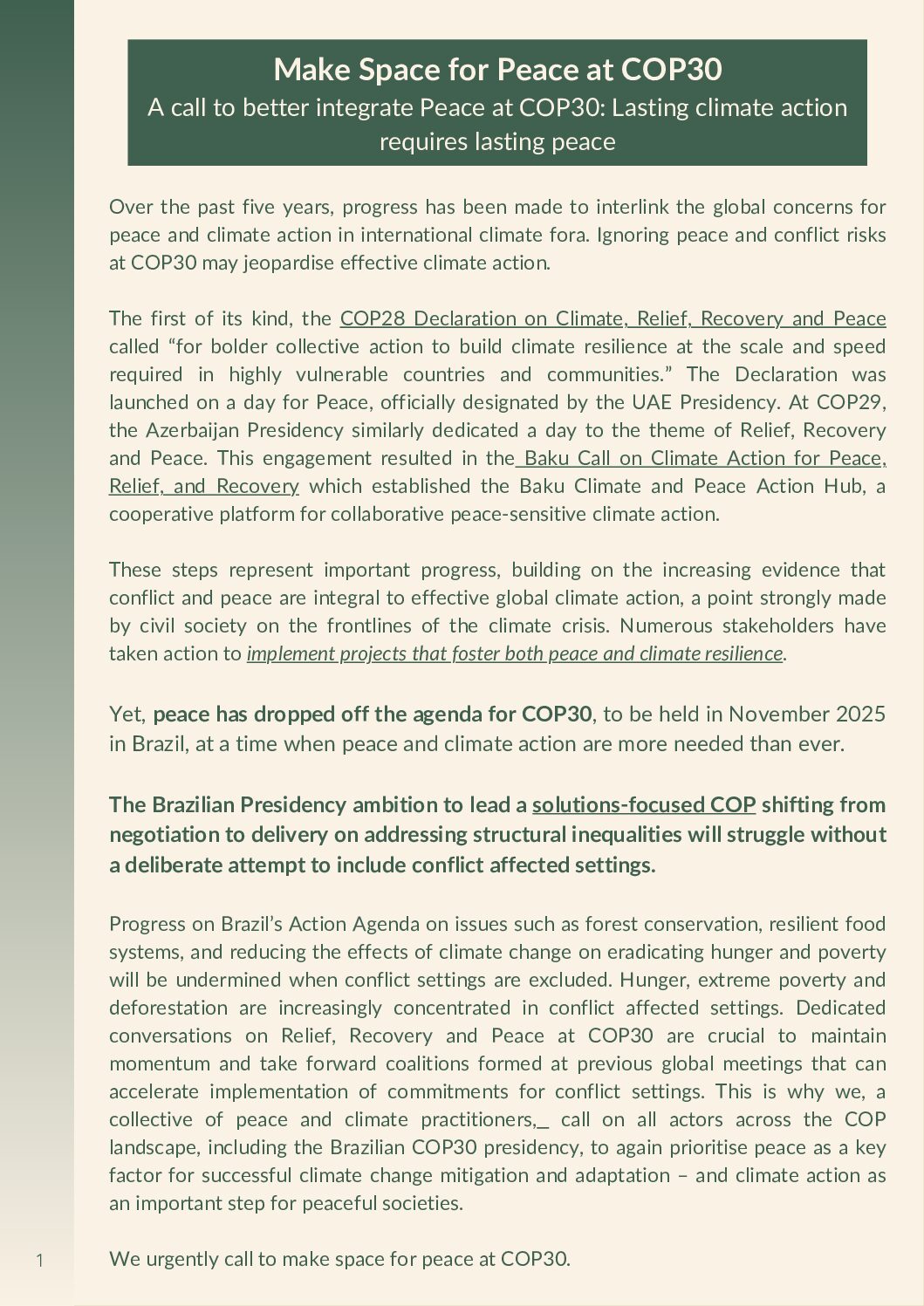
It’s About Time: a mobile museum project in Sri Lanka.
Through interactive exhibits, site visits, walking tours, storytelling sessions, performances, and other scheduled events that reflect the history and identity of each locale, it aims to encourage critical thinking and deeper understanding of history’s implications in Sri Lanka. This approach ensures that the museum connects with the local community, allowing them to explore and appreciate their own history while also engaging in a broader conversation about the impact of history-making on reconciliation and peace-building efforts.
Kicking- off in August 2023, the museum will visit six locations over two years, incorporating site visits and local events to connect with each community. The Museum was held in Kandy during the month of September and in Kurunegala in November 2023.
It’s About Time is implemented by Search for Common Ground (SFCG) with the Collective for Historical Dialogue & Memory (CHDM) playing a technical advisory role. The initiative is supported by the Strengthening Social Cohesion and Peace in Sri Lanka (SCOPE) program.
The It’s About Time Traveling History Museum was designed and piloted by CHDM’s predecessor Historical Dialogue, which was part of the Strengthening Reconciliation Processes in Sri Lanka (SRP) program. Both SRP and SCOPE are co-funded by the German Federal Foreign Office and the European Union and implemented by GIZ in partnership with the Government of Sri Lanka.
Methodology and Target Groups
The primary target groups for the mobile museum project are diverse and efforts will be made to actively involve them in the museum’s content. These groups include school children from surrounding areas, students in university and vocational training, educators, members of youth clubs and youth-led networks, families and people from the surrounding areas, as well as general footfall and factory workers. The museum aims to engage with these groups and encourage their active participation in exploring the exhibits and discussions.
To ensure the successful implementation of the Travel Museum, each location has a “sounding board” consisting of CSO leaders, government officials, religious and community leaders, youth, and women. They assist in selecting relevant exhibits, developing location specific museum content , communications approach, identifying risks, and creating a mitigation strategy. A comprehensive communication strategy is created based on the Sounding Board’s input, including effective outreach and marketing methods such as school circulars, posters, flyers, and invitations through community leaders.
Core Objectives and Activities
The project aims to enhance social unity and peace in Sri Lanka by fostering a more comprehensive and diverse public discussion about topics related to the country’s history with two main objectives:
a. Increased awareness and acceptance of diversity/pluralistic historical narratives and commonalities of Sri Lankans among the museum visitors
b. Strengthened community engagement with initiatives promoting social cohesion and peace.
The mobile museum follows a narrative arc centered around personal transformation, starting with introspective questions about individual identity and the potential for change. The content is organized into four conceptual pillars that guide participants through a process of challenging existing notions, embracing multiple perspectives, fostering empathy and connectedness, and recognizing personal responsibility in shaping history.
Along with the museum the project will also carry out other fringe activities. These will include a range of scheduled events and elements tailored to each location, including curated tours, human library sessions with local leaders, films, performances, and cultural events. While the permanent exhibits can be explored at any time, these scheduled events will have specific timeframes and enhance the overall content of the museum.
The Layout of the Museum
The museum is divided into four main zones aligned with these narratives, along with introductory, reflection, and evaluation zones:
• Zone 01 explores the question of whether a single narrative of history is the only perspective, with an artwork posing the question “What are we taught to believe as history?” at the entrance and the question “History is complex: do sources matter?” at the exit, leading participants to the next zone.
• Zone 02 delves into understanding multiple narratives and histories, with the entrance question “Is history a fact or a perspective?” emphasizing the significance of personal experiences and alternative versions of history. The exit question “History is complex: Do people’s stories matter?” leads participants to the next zone.
• Zone 03 explores how to foster empathy, connectedness, and trust while reducing fear, highlighting shared histories and values that unite Sri Lankans. It contrasts with the previous sections that may have focused on the violent past, and the exit question “What makes us Sri Lankan?” leads participants to the next zone.
• Zone 04 concludes the narrative arc by emphasizing the individual’s role in creating history, prompting reflection on the connection between history, the present, and oneself, with the exit question “In this digital age, how can I act responsibly?”

